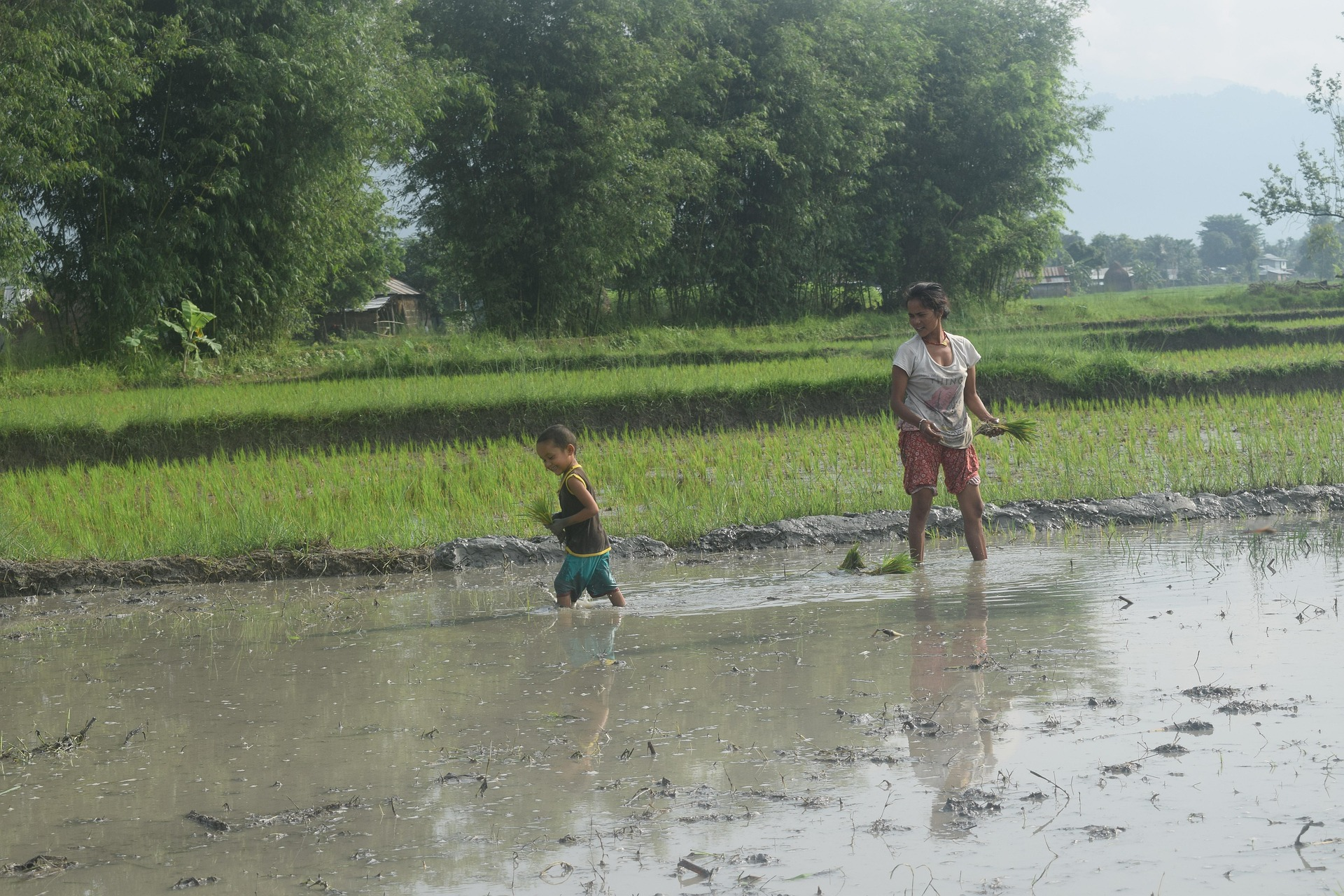The Philippines is one of the most disaster-prone nations in the world, uniquely shaped by its position on both the Pacific typhoon belt and the Pacific “Ring of Fire”. Its archipelagic geography, cultural richness, and dynamic economic growth create both opportunities and complexities for charitable and humanitarian organizations.
Long-term sustainable development efforts in the Philippines often run parallel to sudden emergency responses, as communities face recurring natural disasters, public health challenges, and regional conflicts. Effective operations require agility, deep community engagement, and strong coordination across thousands of islands.
1. Natural Disaster Frequency and Intensity
- The Philippines sits on the typhoon belt and the Pacific “Ring of Fire,” experiencing frequent typhoons, earthquakes, volcanic eruptions, and floods. Disaster response needs can overwhelm resources quickly.
2. Climate Change Impacts
- Rising sea levels, intensified storms, and shifting weather patterns directly affect food security, livelihoods, and displacement in coastal and agricultural communities.
3. Geographic Dispersion and Archipelago Logistics
- With over 7,000 islands, delivering aid and services can be challenging, requiring complex transport arrangements and decentralized operations.
4. Urban Poverty and Informal Settlements
- Rapid urbanization has created densely populated informal settlements in cities like Manila and Cebu, where access to sanitation, healthcare, and education is limited.
5. Ongoing Internal Conflicts
- Certain regions, particularly Mindanao, experience periodic armed clashes between government forces, insurgent groups, and local militias, affecting access and security.
6. Disaster Recovery Fatigue
- Communities and responders may face “recovery fatigue” when disasters strike in rapid succession, slowing resilience-building efforts.
7. Governance and Bureaucratic Hurdles
- Varying levels of government efficiency and complex administrative procedures can delay project approvals and resource mobilization.
8. Public Health Challenges
- Outbreaks of dengue fever, measles, and other communicable diseases can disrupt ongoing programs and require urgent interventions.
9. Funding Gaps and Donor Shifts
- Sudden disasters may bring temporary surges in funding, but long-term development programs often face shortfalls when global attention moves elsewhere.
10. Cultural and Linguistic Diversity
- Over 170 languages and a range of cultural traditions require localized program design and community engagement to be effective.
11. Coordination Among Multiple Actors
- The presence of numerous NGOs, faith-based groups, and government bodies in disaster response can cause overlaps, gaps, or competition if coordination is weak.
Challenges in the Philippines: Operational Impacts, Mitigations, and Real-World Examples (2024–2025)
| Challenge | Impact on Operations | Possible Mitigation Strategies | Recent Real-World Example(s) |
| Natural Disaster Frequency & Intensity | Overwhelmed relief capacity, recurrent displacement, infrastructure damage. | Pre-position supplies, train local response teams, integrate disaster risk reduction into programs. | Typhoon Man-Yi and several storms affected over 10 million people in late 2024, prompting rapid assessments and aid by CARE Philippines. (CARE Philippines) |
| Climate Change Impacts | Disrupted livelihoods (e.g., fishing, farming), increased displacement. | Support ecosystem restoration, cash-for-work, diversify livelihoods. | Coastal communities face rising seas and dwindling fish stocks; Oxfam Pilipinas invested ~$4.5M in cash aid and livelihood support. (TIME) |
| Archipelago Logistics & Geographic Dispersion | High transport costs, delays, and uneven service access. | Utilize mixed transport modes; decentralize hubs; build regional partnerships. | Logistics inefficiencies cost 27.5% of GDP; reforms like the Luzon Economic Corridor underway to improve connectivity. (Logisticsnews.ph, MAP) |
| Urban Poverty & Informal Settlements | Large-scale urban relief needs; complex delivery environments. | Engage local community groups; provide mobile services and localized aid. | Fires in Manila’s slum areas displaced ~8,000 people in November 2024, triggering emergency response. (Wikipedia) |
| Armed Conflict in Mindanao | Restricted access, displacement, security threats for staff. | Coordinate with peace monitors; follow restrictions; remote engagement. | A January 2025 ambush targeting UNDP-escorted troops in Basilan triggered displacement of 135 families. (Wikipedia) |
| Governance & Bureaucratic Hurdles | Legal exposure, funding freezes, operational halts. | Maintain legal compliance; engage authorities; ensure transparency. | The Leyte Center for Development had its accounts frozen and staff targeted under “terror-tagging,” disrupting operations. (TIME, Civicus Monitor) |
| Public Health Challenges | Disrupted programming, trialing of emergency health demands. | Integrate disease surveillance; support health systems and WASH proactively. | The Red Cross is actively combating dengue during the rainy season with widespread community campaigns. (redcross.org.ph) |
| Funding Gaps & Shifting Donor Attention | Program curtailment, short-term focus overshadowing resilience-building. | Build donor diversity; highlight long-term impact; propose flexible funding. | EU allocated €6M in 2025 after repeated flooding and conflict in Mindanao; additional funds required. (EU Civil Protection) |
| Cultural & Linguistic Diversity | Communication missteps, mistrust, reduced participation. | Employ local staff; translate materials; adapt interventions culturally. | CARE’s CVCA in Palawan (2024) tailored climate resilience initiatives to local needs. (CARE Philippines) |
| Coordination Among Multiple Actors | Duplication, gaps, inefficiency in response coverage. | Regular coordination meetings, joint planning, shared communication. | The regional response to monsoon floods in mid-2025 saw multiple relief efforts from foundations like GMA Kapuso and Angat Buhay. (Wikipedia) |
For humanitarian and charitable organizations working in the Philippines, success depends on the ability to balance preparedness with adaptability, and strategic planning with community-level responsiveness.
By combining practical mitigation approaches with lessons drawn from recent events, it underscores the importance of localized, coordinated, and context-sensitive action in the Philippines. Such an approach works for ensuring that aid and development programs remain both viable and sustainable across the Republic of the Philippines.

